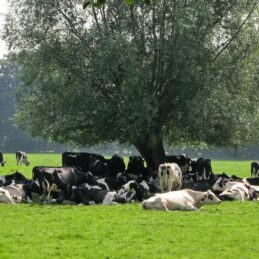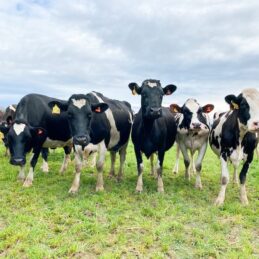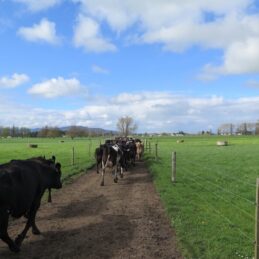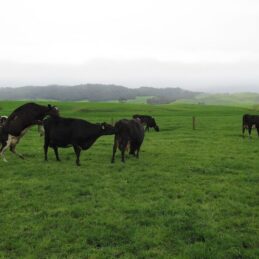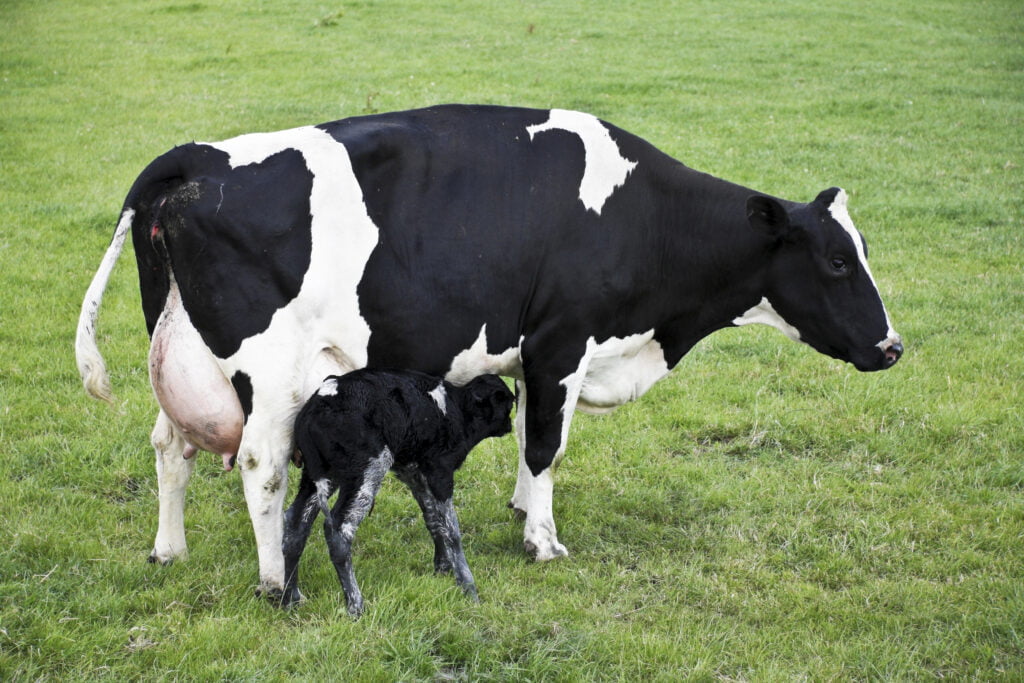
For over 50 years, scientific and on-farm case studies have supported the importance of a well-executed transition period (three weeks before and after calving) on overall performance.
More recently, cow-wearable technologies have given us a better understanding of why this period is critical to overall performance. A study in 2016 published in the Journal of Dairy Science showed how rumination and feeding behaviours differ between healthy and sick dairy cows during the transition period.1
It showed that cows with subclinical ketosis (SCK) spent less time ruminating during pre-calving. Compared with healthy cows, those with SCK and metritis + SCK had lower dry matter intake during precalving and ate less until d 14 and d 20 postpartum, respectively.
Nowadays, the same cow-wearable technologies are on many NZ farms and have allowed the interpretation of large data sets, leading to advice on best managing cows post-calving for optimal production and reproductive outcomes. However, much of this analysis is done in hindsight reducing the opportunity to prevent the issues from occurring in the first place. Fortunately, one of the easiest ways to improve rumination and feeding behaviour in the transition period is to introduce a commercially formulated transition product such as NutriMin® Springer Cow Balancer.
An independent study by Dairy Australia2 showed that when using commercially available transition products such as NutriMin® Springer Cow Balancer pre-calving, cows experienced 30% less subclinical milk fever, 5% less subclinical ketosis and 5% less retained membranes than those receiving no transition products.
A more recent on-farm case study carried out on a North Canterbury farm by a qualified vet nutritionist showed the cost benefits of the NutriMin® Springer Cow Balancer program. These figures show the significant financial and animal health benefits of implementing a transition program pre-calving and the improvement in 6 weeks incalf rates. For more information on this case study, click on Transition feeding of dairy cows through calving – Keeping cows well, the practicalities! | The Rumen Room Podcasts (podbean.com)
Table 1. Comparison of before and after implementing the NutriMin® Springer Cow Programme.
| Spring 2019 | Spring 2020 | Differences | ||
|---|---|---|---|---|
| Herd Size | 920 | 930 | ||
| Deaths from Milk Fever | 8 (0.9%) | 0 (0%) | -8 cows | |
| Cow replacement value | $1800 | $1800 | ||
| Clinical cases of milk fever | 77 (8.3%) | 13 (1.4%) | -64 cases | |
| Milk price ($/kgMS) | $6.50 | $6.50 | ||
| Average production (kgMS/cow/year) | 475 | 475 | ||
| Total losses from deaths (Cow value + Lost production) | $39,100 | $0 | SAVING $39,100 | |
| Total cost from clinical cases (excl. labour) | $33,136 | $5,594 | SAVING $27,541 | |
| Total cost from subclinical cases (excl. labour) | $119,119 | $20,111 | SAVING $99,008 | |
| Estimated cost of prevention – NutriMin® Springer Cow Balancer | $10,624 | |||
| Other Improvements Metricure Treatments: 85 less treatments (2019 140 cows treated, 15% of the herd; 2020 55 cows treated, 6% of the herd) Six week in-calf rate improved by 3% | Total Savings – Cost of Prevention $165,649 - $10,624 = | TOTAL SAVING $155,025 | ||
In addition to a well-planned pre-calving program, post-calving protocols such as drenching at-risk cows or cows with a non-specific health alert with 1L of JumpStart® can help stimulate appetite and significantly reduce the time taken for rumination to bounce back postcalving (reducing the time spent in negative energy balance). Both treatments significantly improved six weeks in-calf rates.
Proactively managing the transition period (pre- and post-calving) will result in better rumination and feeding behaviour by preventing metabolic diseases such as clinical and subclinical milk fever.
Fortunately, you do not have to have cow-wearable technologies to improve your metabolic, production, and reproductive performance, but you do need to consult a qualified nutritionist.
Contact your local area manager for more information on how to book a free transition consultation with a fully qualified nutritionist.
- Schirmann K, Weary DM, Heuwieser W, Chapinal N, Cerri RLA, von Keyserlingk MAG. Short communication: Rumination and feeding behaviors differ between healthy and sick dairy cows during the transition period. J Dairy Sci. 2016 Dec;99(12):9917-9924. doi: 10.3168/jds.2015-10548. Epub 2016 Oct 5. PMID: 27720146
- DairyAustralia guide to transition feeding 2010.


